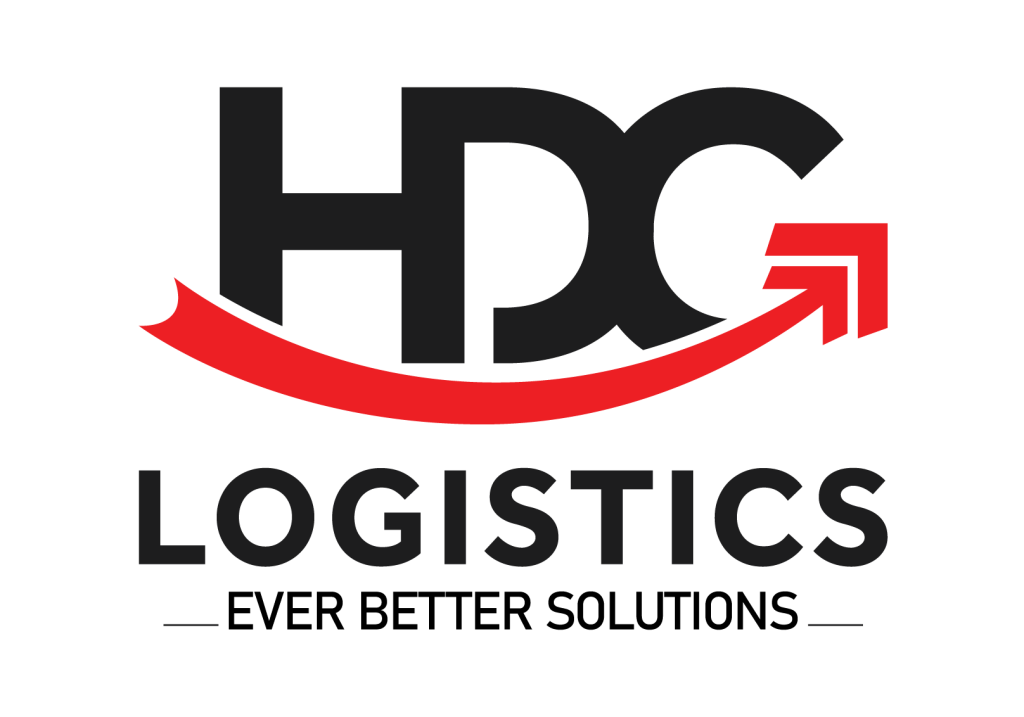The demand for thermoses is increasing, leading to the interest of many individuals and businesses in importing this item for business. What documents do enterprises need to prepare when carrying out customs procedures? The article below will provide detailed information about the procedures for importing thermoses, helping you understand and implement the process smoothly.

Legal basis for importing thermos
According to Vietnamese law, the import of new thermoses is completely allowed and does not require a special license, because this product is not on the list of goods banned from import (Decree 69/2018/ND-CP). However, for used thermos, the import is only carried out as scrap and must be accompanied by an import license.
Although they are not subject to food safety inspection when importing according to Circular 40/2016/TT-BYT, enterprises still need to self-declare food safety for thermoses before putting them on the market.
HS Code and Thermos Tax Rate
HS Code of thermoses, thermoses
Accurately determining the HS code is the first important step in the process of importing thermos. HS code not only affects the calculation of import tax rates but also affects the entire import document dossier. For thermoses and thermoses, the HS code belongs to chapter 96, namely 9617.00.10
Import tax on thermoses, thermal glasses
The import tax rate of thermos bottles will be determined based on the HS code (9617.00.10) and the origin of the product.
Tax calculation formula:
- Import Tax: CIF Value (Cost, Insurance, Freight – including product price, insurance and freight) x % tax rate.
- Value Added Tax (VAT): (CIF Value + Import Tax) x % VAT.
Based on the current import and export tariff schedule, the tax rates applicable to imported thermoses are as follows:
- Preferential import tax: 30% (generally applicable)
- Value Added Tax (VAT): 8%
- Special Offers:
- Southeast Asian countries: 0% (condition: with C/O Form D)
- China: 0% (condition: with C/O Form E)

Detailed procedures for importing thermoses
Necessary dossiers when carrying out the procedure for the thermos
The set of dossiers for importing thermos, as well as other items, is specified in Circular 38/2015/TT-BTC (amended and supplemented by Circular 39/2018/TT-BTC). Specifically, businesses need to prepare the following documents:
Customs declaration made according to the form; commercial invoices; bill of lading; packing list; commercial contracts; dossier of self-declaration of food safety; certificate of origin (C/O) if any; catalogue if any.
Businesses need to fully and accurately prepare the above documents to ensure that the import process takes place quickly and smoothly. Depending on each specific case, the customs office may request additional documents. Businesses should contact the customs office or a reputable import-export company for detailed instructions.
The process of making food safety self-declaration dossiers for thermoses:
According to Decree 15/2018/ND-CP, enterprises need to self-declare food safety for thermos products and thermoses before putting them on the market. The process consists of 3 main steps:
Product sample testing: Enterprises take samples from imported shipments or import separate samples to check quality according to current regulations. The results of this test are the basis for the next steps.
Registration for quality inspection: After having satisfactory test results, enterprises shall register for quality inspection at competent agencies licensed by the Ministry of Health. This registration dossier will be reviewed and approved before the enterprise is allowed to import goods.
Self-declaration of products: Enterprises prepare self-declaration dossiers in accordance with the provisions of Decree 15/2018/ND-CP and self-declare on the national single-window portal. After completing the procedures and being approved, the business can put the product on the market.
- Self-declaration of food safety is mandatory for enterprises producing and importing thermoses and thermoses.
- Self-declaration dossiers need to be complete, accurate and truthful.
- Businesses need to monitor and update the latest regulations on food safety to ensure compliance with the law and avoid unnecessary risks.

Process of importing thermoses:
Customs declaration: After fully preparing import and export documents (contracts, commercial invoices, packing slips, bills of lading, certificates of origin, notification of arrival) and determining the HS code of the thermos, you declare information to the customs system through specialized software.
Opening the customs declaration: The customs system will divide the declaration into green, yellow, and red channels. You need to print the declaration and bring the import dossier to the customs sub-department to open the declaration according to the process corresponding to the flow to be allocated. At the same time, you need to register for standard and regulation conformity inspection for thermos items (because this is a food contact product).
Customs clearance of the declaration: After completing the inspection of the business dossier and finding no problems, the customs officer will accept the customs clearance of your declaration. You need to pay the import tax on thermoses for the goods to be cleared.
Bring goods to the warehouse and self-declare food safety: After the declaration is cleared, you proceed to liquidate the declaration and do the necessary procedures to bring the goods to the warehouse. However, in order to circulate thermoses on the market, you need to make a self-declaration of food safety according to regulations.
Above are the complete procedures for importing thermoses, including the HS code, import policy, import tax, and food safety self-declaration procedures. Hopefully, this useful information will help you understand the process and be more proactive when importing thermoses.



 Tiếng Việt
Tiếng Việt 日本語
日本語 中文 (中国)
中文 (中国)

